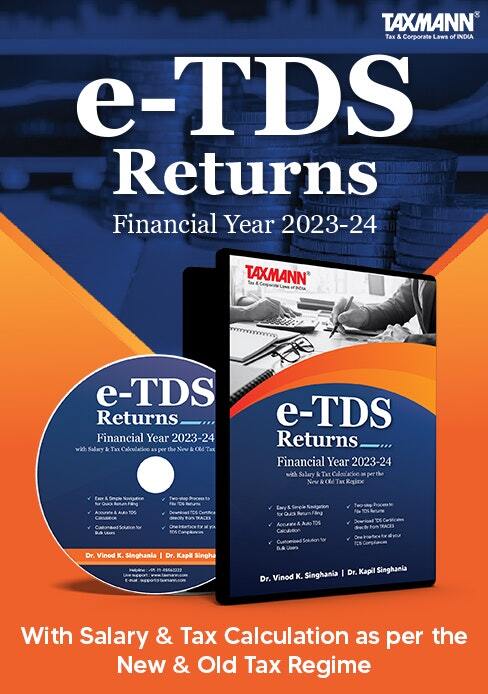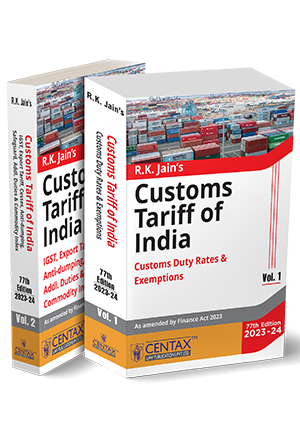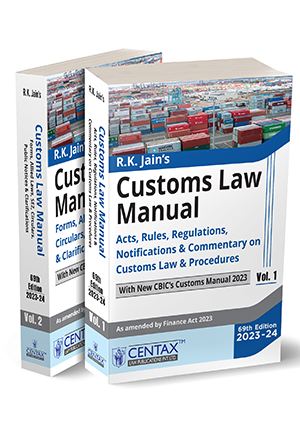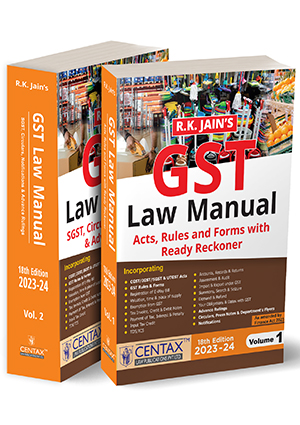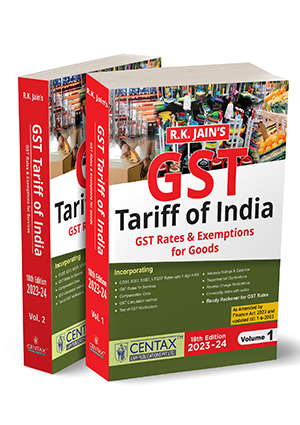Understanding the Accounting for Special Transactions with FAQs
- Blog|Account & Audit|
- 8 Min Read
- By Taxmann
- |
- Last Updated on 30 January, 2024
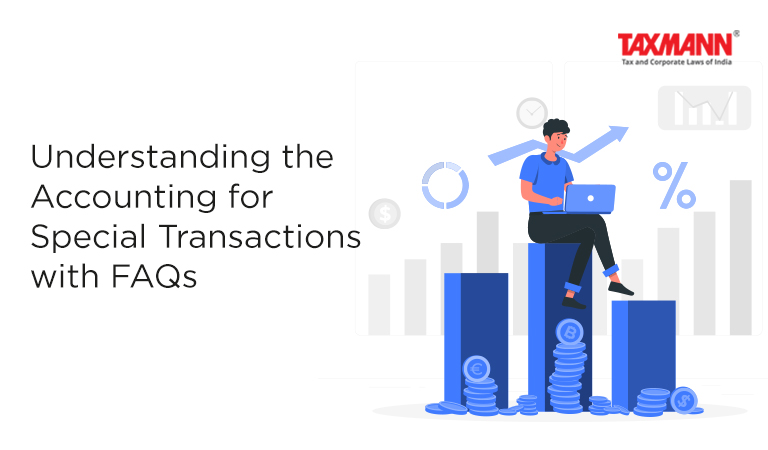
Table of Contents
Check out Taxmann's Financial Accounting (FA) | CRACKER which covers all past exam questions & detailed answers for the CMA-Intermediate exam by ICMAI till Dec. 2023. It also includes module-wise marks distribution and trend analysis of past exams. CMA Intermediate | New Syllabus | June 2024 Exam
1. Accounting for Bills of Exchange
1.1 Important Definitions
According to section 13(1) of the Negotiable Instrument Act, 1881,
“A negotiable instrument means a promissory note or bill of exchange or cheque, payable either to order or to the bearer”
According to Section 5 of the Negotiable Instrument Act, 1881,
‘A bill of exchange is an instrument in writing containing an unconditional order, signed by the maker, directing a certain person to pay a certain sum of money only to, or to the order of, a certain person or to the bearer of the instrument.’
1.2 Other Important Concepts
Essential Elements of Bills of Exchange
- It must be in writing and may be in any language and in any form
- It must be drawn on a particular date
- There are three parties to a Bill of Exchange – Drawer/Maker, Drawee and Payee
- It must be signed by the Drawer/Maker
- It must contain an unconditional and imperative order to pay
- The order to pay must be directed to a certain person
- The order must be to pay a certain sum of money only
- It must be accompanied with proper stamp as per the requirement of the law
1.3 Parties to Bills of Exchange
A bill of exchange transaction often includes the following three parties:
Drawer: Drawer is the party that issues a Bill of Exchange – Creditor, Lender or Seller. He is the maker of the bill and his signature is necessary.
Drawee: Drawee is the party to which the order to pay is sent – Debtor, Lendee or Purchaser. The drawee becomes the acceptor of the bill when he/she/it has written the acceptance on the bill of exchange.
Payee: Payee or the beneficiary is the party to which the bill of exchange is payable – May be Drawer or Other Party.
1.4 Classification of Bills of Exchange
Documentary Bill: In this, the bill of exchange is supported by the relevant documents that confirm the genuineness of sale or transaction that took place between the seller and buyer.
Demand Bill: This bill is payable when it demanded. The bill does not have a fixed date of payment, therefore, the bill has to be cleared whenever presented.
Usance Bill: It is a time-bound bill which means the payment has to be made within the given time period and time.
Inland Bill: An Inland bill is payable only in one country and not in any other foreign country. This bill is opposite to the foreign bill.
Clean Bill: This bill does not have any proof of a document, so the interest is comparatively higher than the other bills.
Foreign Bill: A bill that can be paid outside India is termed as a foreign bill. Two examples of a foreign bill are an export bill and import bill.
Accommodation Bill: A bill that is sponsored, drawn, accepted without any condition is known as an accommodation bill.
Trade Bill: This kind of bill is specially related only to trade.
Supply Bill: The bill that is withdrawn by the supplier or contractor from the government department is known as the supply bill.
1.5 Difference between Trade Bill and Accommodation Bill
| Basis of Difference | Trade Bill | Accommodation Bill |
| Objectives | These bills are drawn to facilitate the trade transactions of sale purchases of goods. | These bills are drawn to help someone in need of financial assistance. |
| Consideration | There is a definite consideration for which the bill is accepted. | These bills are drawn without consideration. |
| Extension of credit | Trade bills are a form of credit extension. | These bills are not a form of credit extension. |
| Proceeds | When trade bills are discounted, the proceeds remain with the holder | When these bills are discounted, the Proceeds may be shared by two parties in an agreed ratio. |
| Recovery | If trade bills are dishonoured, the amount may be recovered easily through the court. | In case of dishonour of these bills, the drawer cannot file a suit against the drawee. |
1.6 Frequently Asked Questions (FAQs)
FAQ 1. What is an Accommodation Bill?
(i) An accommodation Bill is a bill of exchange signed by a party as drawer, drawee, endorser to accommodate another party whose credit is not strong enough to enable him to borrow on his single name.
(ii) It is drawn for the purpose, of arranging temporary finance. Therefore, an Accommodation Bill is a bill of exchange which has been drawn, on and accepted by a reputable party or the purpose of giving value to the bill so that it can be discounted.
(iii) What actually happens in the case of an accommodation bill is that one party draws the bill and the other party accepts it. Then, the drawing party gets it discounted from the bank and receives ready cash of which he is in need.
(iv) The money received is either wholly utilized by the drawer, or by both, the drawee and the acceptor.
(v) Before the due date approaches, the required sum of money is sent to the acceptor in order to make him able to honour the bill and the bill is honoured on the due date. Thus, although there is no legal liability, there exists a strong moral understanding between the parties concerned.
FAQ 2. What are the Features of a Bill of Exchange?
As per Section 5 of the Negotiable Instruments Act, a bill of exchange is an instrument in writing containing an unconditional order, signed by the maker, directing a certain person, to pay a certain sum of money only to, or to the order of a certain person or to the bearer of the instrument. The essential of bill of exchange are as:
(i) There are three parties the ‘Maker’ is termed as the ‘Drawer’ in Bill of Exchange. He is the creditor. The person liable to pay the money is called the ‘Drawee’. The person entitled to get the money is termed as the ‘Payee’. It should be noted that drawer himself can also be the payee. It must be drawn on a specific person
(ii) The bill drawer being the creditor, orders the drawee to pay a certain of sum money.
(iii) A Time Bill of Exchange can be made payable to the bearer.
(iv) It is an instrument in writing and unconditional
(v) It must be in writing, dated, stamped and signed by Drawer
(vi) It must be payable in demand or after a definite period of time, and for a certain amount of money.
2. Accounting for Consignment
2.1 Definition
Consignment is a special type of transaction in which one entity sends goods to another entity for selling the goods of the former for a pre-determined commission. In such an arrangement, the two parties are located in different towns or cities.
2.2 Important Concepts
Parties Involved in Consignment
Consignor:
It is the party who sends the goods to its agent for sale of goods. The consignor may be a manufacturer or wholesaler. The consignor is the ‘principal’ in the principal-agent relationship of consignment business. The consignor remains the owner of the goods sent on consignment basis, till the goods are actually sold by the consignee.
Consignee:
It is the party to whom goods are sent on consignment basis by the consignor. It sells the goods received on consignment basis and acts as the ‘agent’ in a consignment relation. It is to be noted that the consignee does not own the goods received on consignment basis. It is entitled to receive commission from the consignor as consideration.
Proforma Invoice
This document is issued by the consignor to its agent (i.e. the consignee) at the time of sending the goods. It mentions various details regarding the goods sent viz. quantity of the goods consigned, cost/invoice price of the goods, expenses incurred in relation to the goods, minimum selling price etc. This document acts as an evidence of dispatch of goods from the end of the consignor. Its format resembles that of a regular invoice.
Account Sales
Account Sales is a document which is periodically sent by the consignee to the consignor. It contains details of the transactions entered into by the consignee on behalf of the consignor viz. sale proceeds realised, consignee’s commission, expenses incurred by consignee in connection with the consignment, amount remitted and any other specific communication (like abnormal loss of goods).
It is a post-sales document that formally conveys the developments of the consignment business (at the consignee’s place) to the consignor.
The consignor records the consignment related transactions in its books of account on the basis of this document.
Commission
Commission associated with a consignment contract may be of the following three types:
- Ordinary Commission: This Commission is due to the consignee from the consignor because of rendering of the regular activities of the consignment business. It is calculated on the gross sales made by consignee in the consignment business.
- Del-credere Commission: This is a commission that is payable for taking the risk associated with credit sale of the goods, namely risk of bad debts and collection responsibility. It is generally calculated on the ‘gross sales’ made by the consignee, unless otherwise agreed upon.
- Over-riding Commission: This is an extra commission which is paid over and above the ordinary commission. It is also referred to as Special Commission. This commission is paid when the consignee manages to sell the goods above a pre-determined selling price, or exceeds the sales target.
Accounting for Consignment
Accounting for consignment related transactions is done in the books of both Consignor and Consignee.
Books of Consignor: The accounts maintained in the books of the consignor are:
- Consignment Account: It is the profit determining account of the consignment business. In this account the expenses and losses are matched against the revenue from such business. This profit/loss on consignment determined in this account is transferred from this account to the P/L A/c.
- Goods sent on Consignment Account: It records the goods that are sent on consignment and also returns from consignee, if any.
- Consignee’s Account: This is a personal account that records the transactions that are entered into by the consignee for the consignment. This account shows the money due to be received from the consignee at the end of a period.
- Consignment Stock Account: This account records the unsold stock of goods that may lie with the consignee at the end of an accounting period.
- Consignment Debtors Account: This account is maintained by the consignor when goods are sold by consignee on credit basis and del-credere commission is not paid to the consignee. It records transactions like credit sale of consignment goods by consignee, collection from consignment debtors, bad debts, discount allowed etc.
Books of Consignee: The accounts which are maintained in the books of the consignee are:
- Consignor Account: This account records the transactions that are entered into by the consignee in relation to the consignment. The closing balance of this account reflects the amount due from the consignee to the consignor at the end of a specified period.
- Commission Account: Separate commission accounts are required to be maintained for different types of commissions viz. Ordinary Commission, Del-credere Commission and Over-riding/ Special Commission.
- Consignment Debtors Account: This account is maintained by the consignee when del-credere commission is paid by the consignor to the consignee. This account records the transactions relating to credit sale of consignment goods made, collection from consignment debtors, bad debts, discount allowed etc.
- Consignment Inwards Account: Generally, no accounting is done in the books of the consignee for the goods received from consignor. However, sometimes the consignee may open a special account called the Consignment Inward Account to record the movement of the goods.
Disclaimer: The content/information published on the website is only for general information of the user and shall not be construed as legal advice. While the Taxmann has exercised reasonable efforts to ensure the veracity of information/content published, Taxmann shall be under no liability in any manner whatsoever for incorrect information, if any.
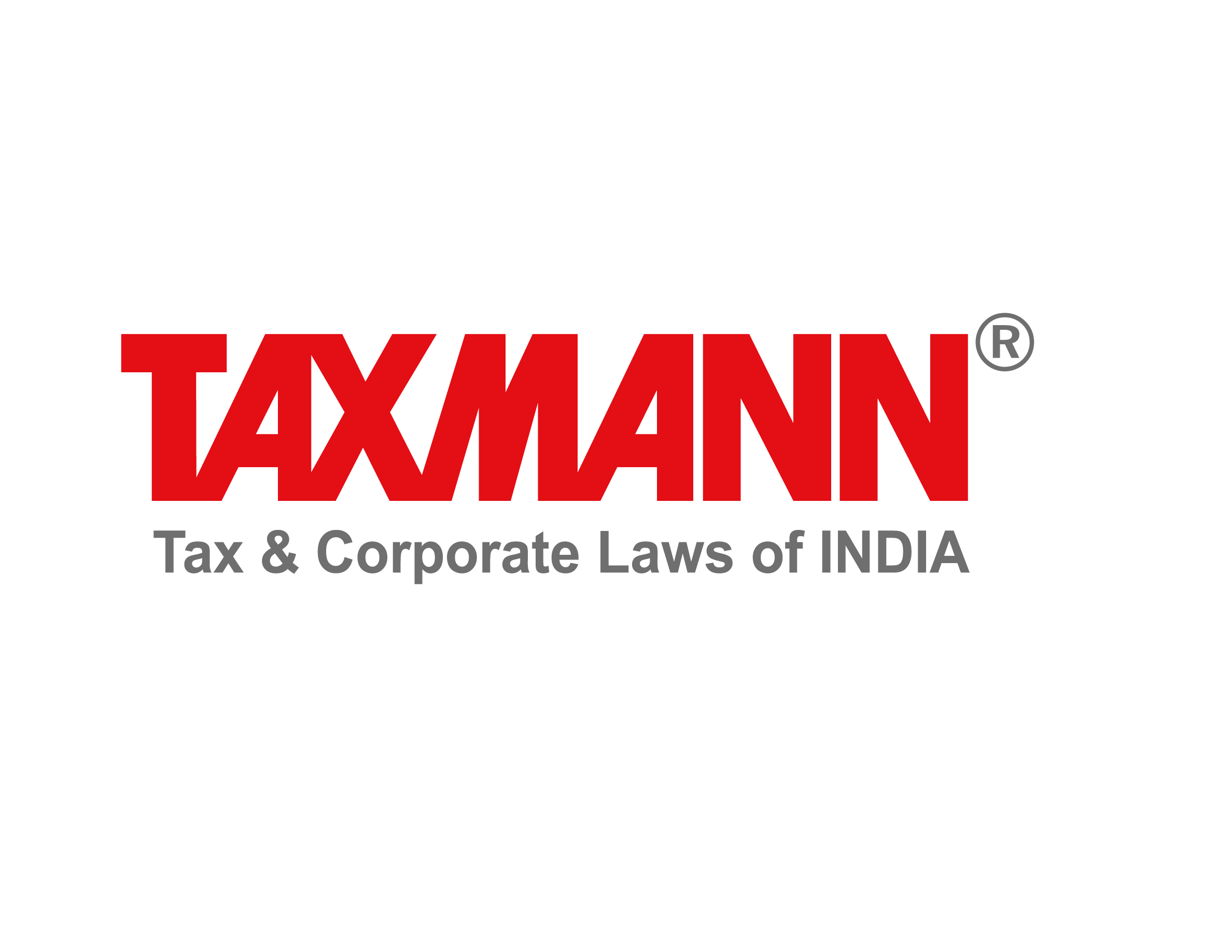
Taxmann Publications has a dedicated in-house Research & Editorial Team. This team consists of a team of Chartered Accountants, Company Secretaries, and Lawyers. This team works under the guidance and supervision of editor-in-chief Mr Rakesh Bhargava.
The Research and Editorial Team is responsible for developing reliable and accurate content for the readers. The team follows the six-sigma approach to achieve the benchmark of zero error in its publications and research platforms. The team ensures that the following publication guidelines are thoroughly followed while developing the content:
- The statutory material is obtained only from the authorized and reliable sources
- All the latest developments in the judicial and legislative fields are covered
- Prepare the analytical write-ups on current, controversial, and important issues to help the readers to understand the concept and its implications
- Every content published by Taxmann is complete, accurate and lucid
- All evidence-based statements are supported with proper reference to Section, Circular No., Notification No. or citations
- The golden rules of grammar, style and consistency are thoroughly followed
- Font and size that’s easy to read and remain consistent across all imprint and digital publications are applied
